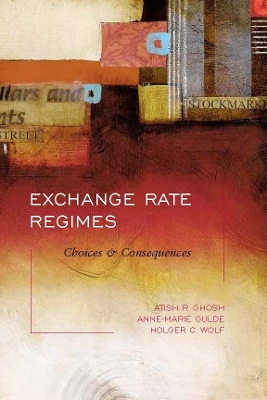The MIT Press
2 total works
Exchange Rate Regimes
by Atish R. Ghosh, Anne-Marie Gulde, and Holger C. Wolf
An empirical study of exchange rate regimes based on data compiled from 150 member countries of the International Monetary Fund over the past thirty years.
Few topics in international economics are as controversial as the choice of an exchange rate regime. Since the breakdown of the Bretton Woods system in the early 1970s, countries have adopted a wide variety of regimes, ranging from pure floats at one extreme to currency boards and dollarization at the other. While a vast theoretical literature explores the choice and consequences of exchange rate regimes, the abundance of possible effects makes it difficult to establish clear relationships between regimes and common macroeconomic policy targets such as inflation and growth.
This book takes a systematic look at the evidence on macroeconomic performance under alternative exchange rate regimes, drawing on the experience of some 150 member countries of the International Monetary Fund over the past thirty years. Among other questions, it asks whether pegging the exchange rate leads to lower inflation, whether floating exchange rates are associated with faster output growth, and whether pegged regimes are particularly prone to currency and other crises. The book draws on history and theory to delineate the debate and on standard statistical methods to assess the empirical evidence, and includes a CD-ROM containing the data set used.

